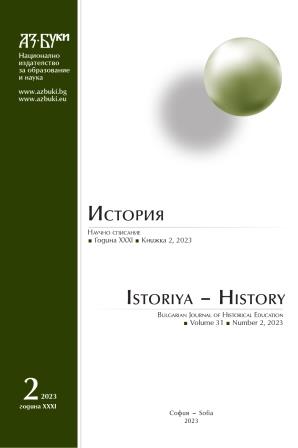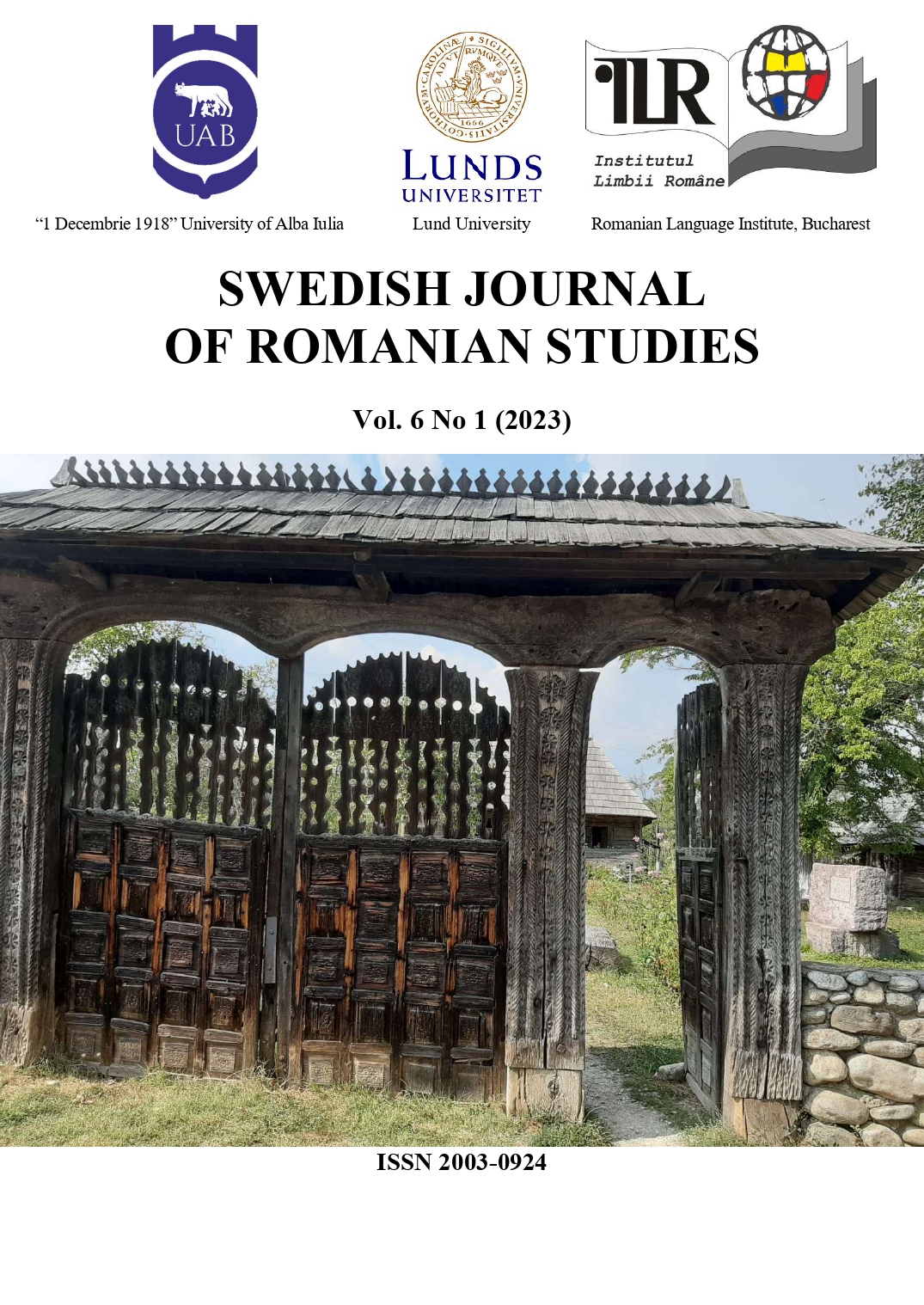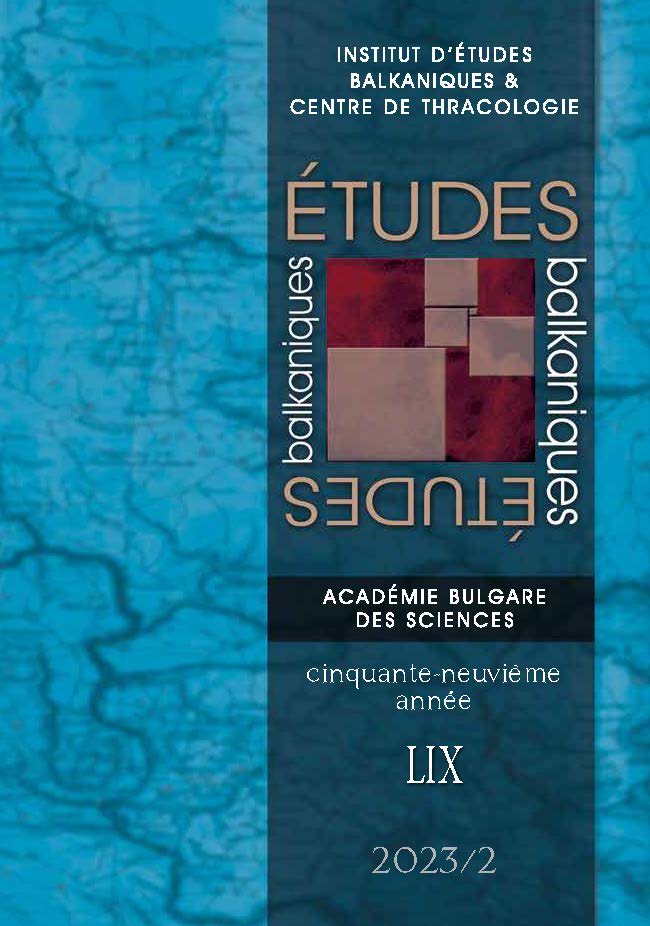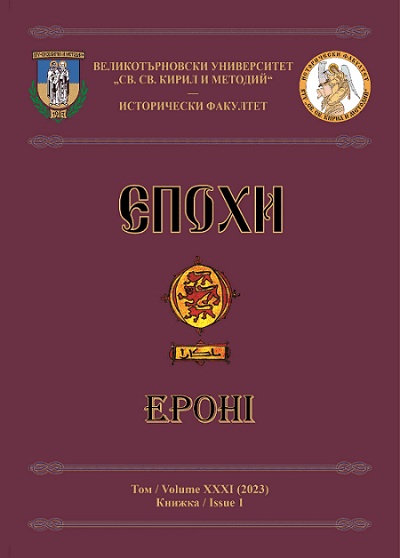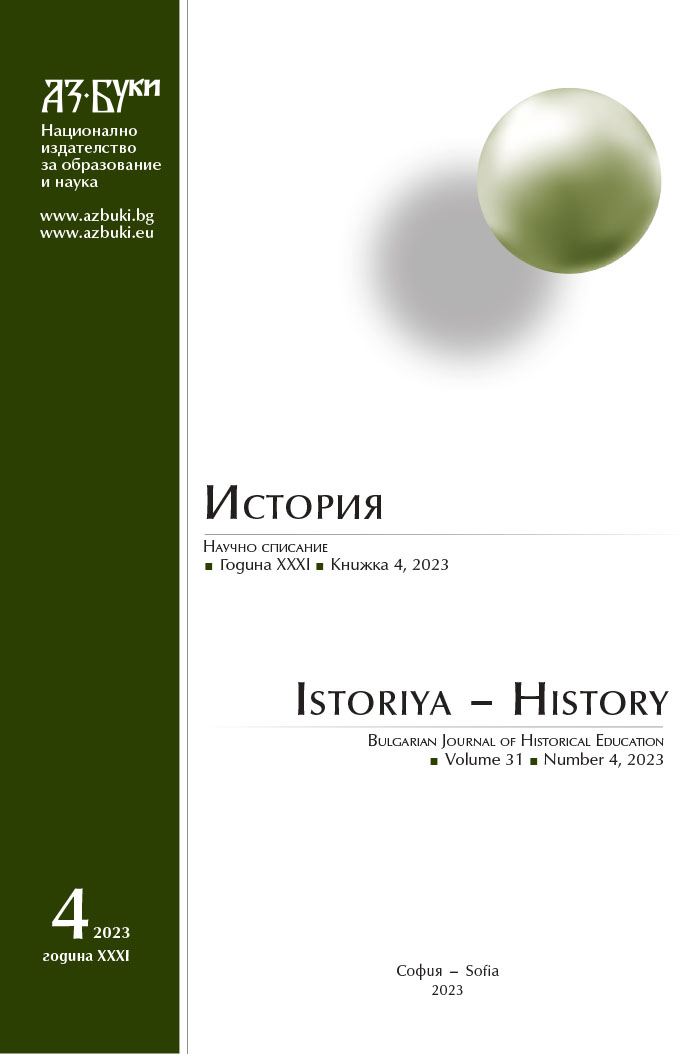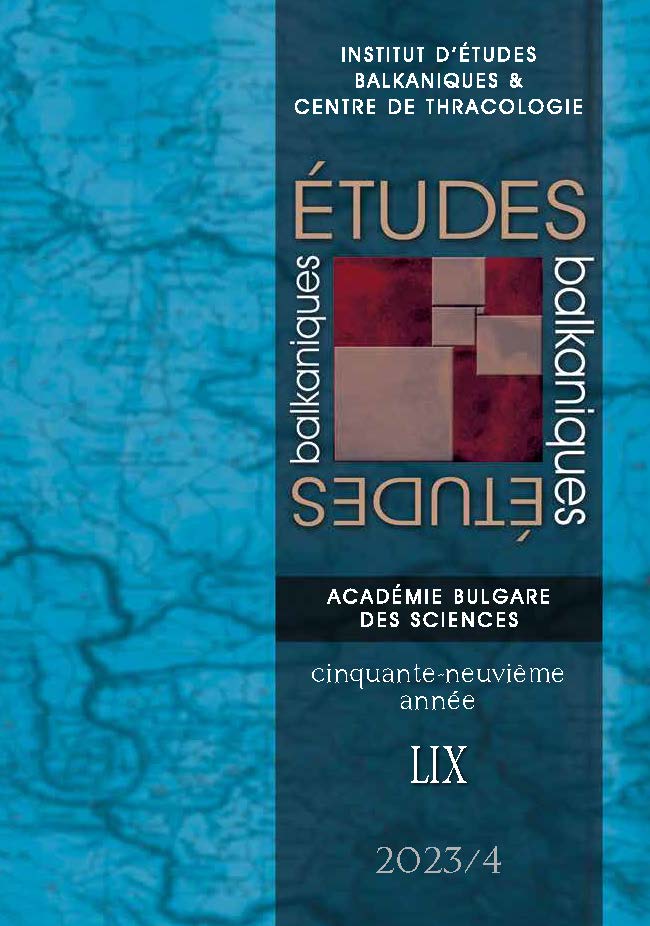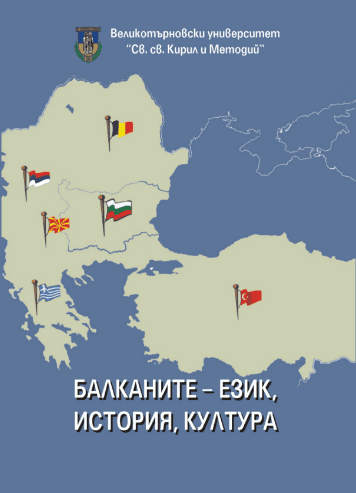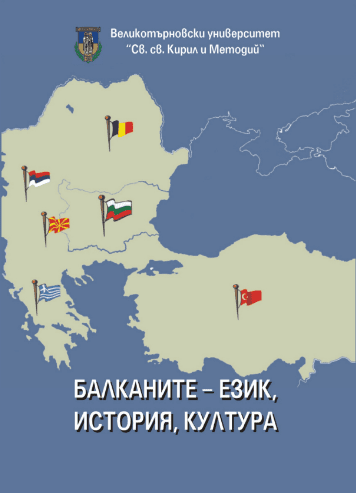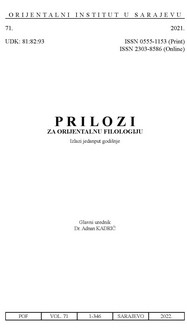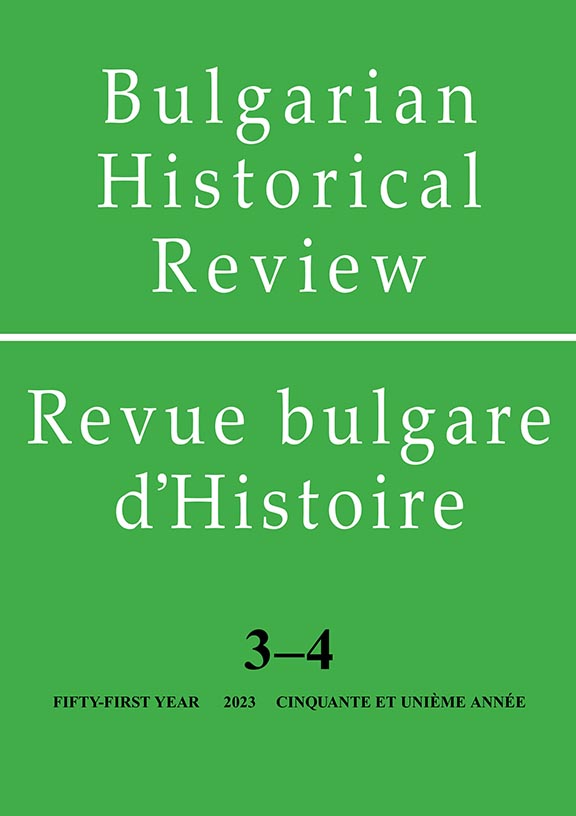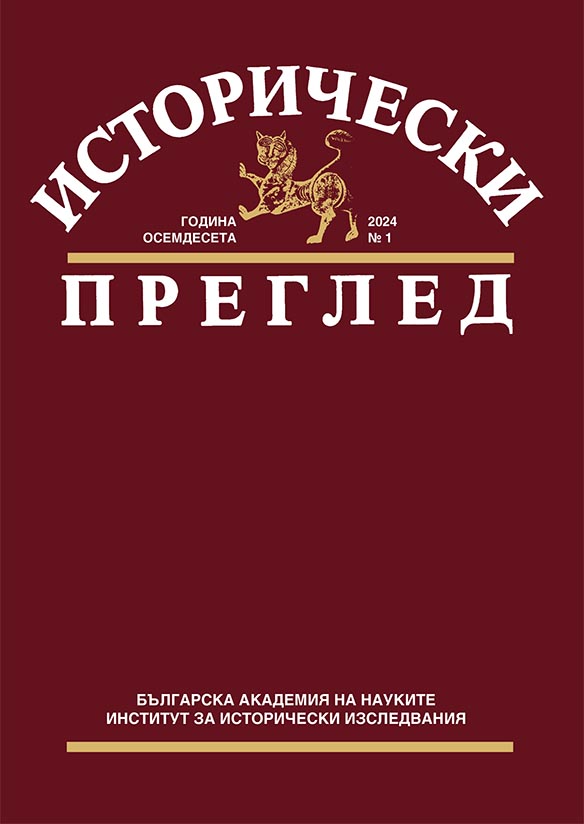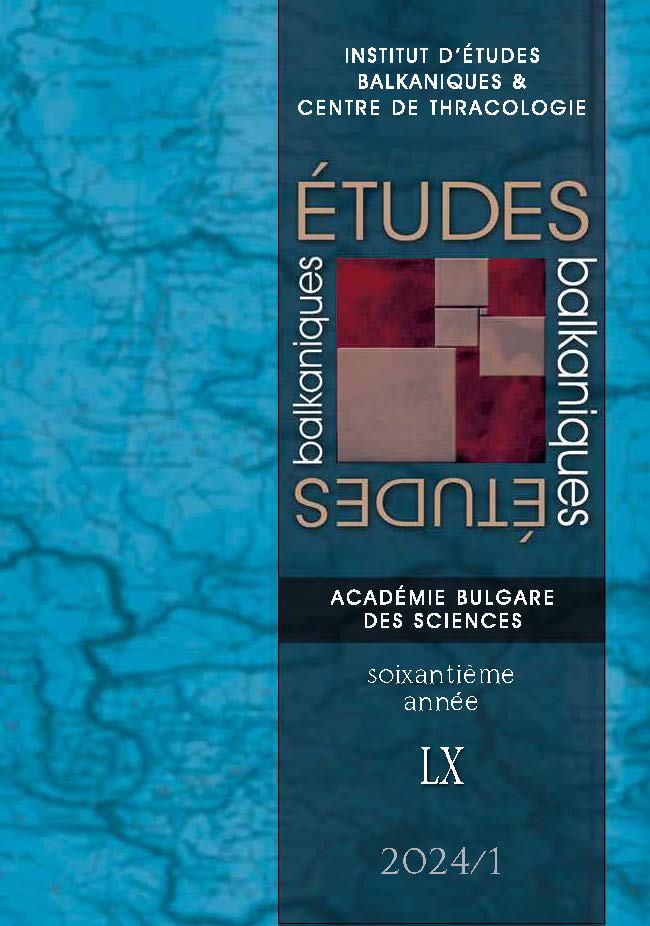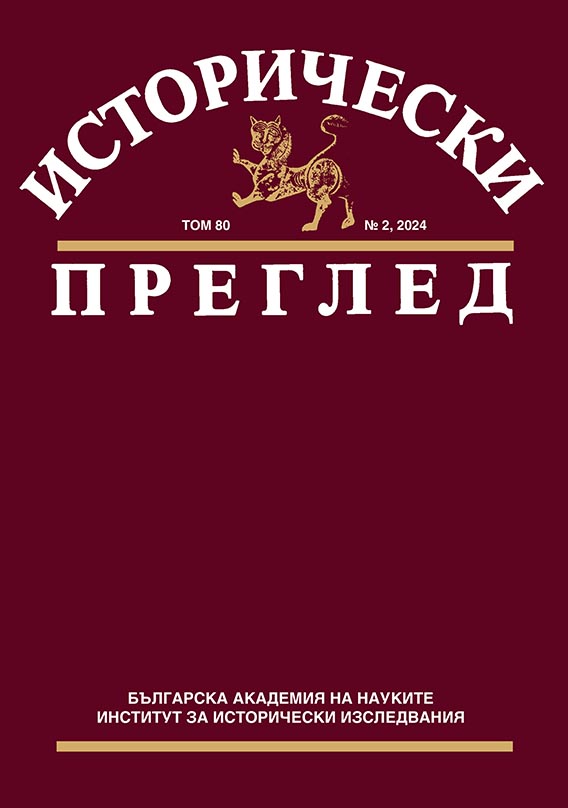Author(s): Madžida Mašić,Amer Maslo,Edin Omerčić,Dino Mujadžević,Amir Džinić,Emina Mostić,Aladin Husić,Muamer Hodžić,Ekrem Čaušević,Esad Duraković / Language(s): Bosnian
Issue: 72/2023
Review of:
Mahmud Derviš, SABRANA DJELA, POEZIJA, I-IV, prijevod s arapskog: Džemo Redžematović, Horizonti – centar za međukulturno razumijevanje, Podgorica 2022, 510+478+400+278 str.
Olga Vladimirovna Sarıgöz, Praktičeskaja grammatika sovremennogo tureckogo jazyka (v dialogah i tablično-shematičeskih objasnenijah) // Praktična gramatika suvremenoga turskog jezika (u dijalozima i tabličnim objašnjenima//, URSS, Moskva, LENAND 2022, treće prerađeno izdanje, 426 str.
Amina Šiljak-Jesenković, RE/KONSTRUKCIJA PRIČE O LJ/ljUBAVI: FABULE I IZBOR STIHOVA IZ MESNEVIJA U PRIJEVODU NA BOSANSKI JEZIK, Univerzitet u Sarajevu – Orijentalni institut, Posebna izdanja LXVIII, Sarajevo, 2023, 570 str.
Emrah Seljaci, POEZIJA FEVZIJA MOSTARCA NA OSMANSKOM TURSKOM JEZIKU, Fondacija “Baština duhovnosti”, Mostar, 1444/2023, 105 str.
Aladin Husić, DEVŠIRMA U BOSNI (O REGRUTACIJI BOSANACA U JANJIČARE), Posebna izdanja LXIX, Univerzitet u Sarajevu – Orijentalni institut, Sarajevo, 2023, 164 str.
Elma Korić, OBLIKOVANJE GRANICA BOSNE: BOSNA U AHDNAMAMA I HUDUDNAMAMA IZ 16. I 17. STOLJEĆA, Univerzitet u Sarajevu – Orijentalni institut, Posebna izdanja LXVII, Sarajevo, 2022, 174 str.
Faruk Taslidža, IZMEĐU RATOVA – NA GRANICI SVJETOVA: DRUŠTVENO-PRIVREDNI ODNOSI HERCEGOVAČKOG SANDŽAKA U PRVOJ POLOVINI XVII STOLJEĆA (1606–1645), BZK Preporod, Mostar, 2022, 233 str.
Hana Younis, A QADI IN THE CHRISTIAN EMPIRE: THE STAFF AND WORK OF THE SHARIA COURTS IN BOSNIA AND HERZEGOVINA 1878–1914, Univerzitet u Sarajevu – Institut za historiju, Sarajevo, 2023, 430 str.
Dijana Pinjuh, Anđelko Vlašić, TRAGOM EVLIJE ČELEBIJA KROZ HERCEGOVAČKI SANDŽAK, Srednja Europa, Zagreb 2023, 290 str.
ULOGA I ZNAČAJ GAZI HUSREV-BEGA U HISTORIJI BOSNE I HERCEGOVINE: Zbornik radova sa naučnog skupa “Uloga i značaj Gazi Husrev-bega u historiji Bosne i Hercegovine”, Sarajevo, 22. septembar 2021. godine, Gazi Husrev-begova biblioteka u Sarajevu, Univerzitet u Sarajevu – Orijentalni institut, Univerzitet u Sarajevu – Institut za historiju, Historijski arhiv Sarajevo, Sarajevo, 2022, 305 str.
ZAMIŠLJANJE ŽENE: O IDEOLOŠKIM I KULTURNIM KONCEPTIMA ŽENSKOG RODA U POVIJESTI BOSNE I HERCEGOVINE, ur. Sabina Veladžić, Aida Ličina Ramić, Fondacija Heinrich Böll, Sarajevo, 2023.
Dženita Karić, BOSNIAN HAJJ LITERATURE: MULTIPLE PATHS TO THE HOLY, Edinburgh University Press, Edinburgh, 2023, 256 str.
Katalog arapskih, turskih, perzijskih i bosanskih rukopisa, Svezak treći. Obradio Hamza Lavić. Historijski arhiv Sarajevo, Sarajevo, 2022, 370 str.
More...
